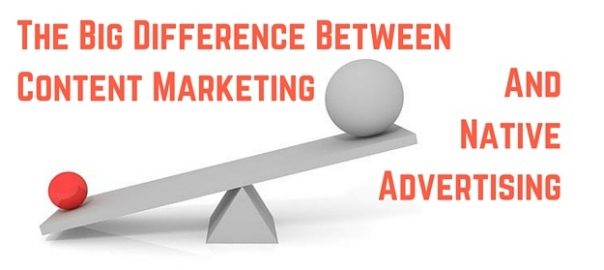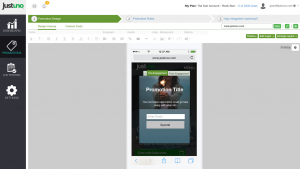
If you’ve ever seen the term “native advertising” and automatically thought of content marketing, you’re not alone.
However, content marketing and native advertising are absolutely positively not one in the same.
First, just in case you still don’t know what content marketing is, get out from under that rock you’ve been living under and check this: at Scribewise we define it as “The creation and distribution of journalistic, helpful, audience-focused material that ultimately increases customer acquisition.”
it’s a strategic marketing technique aimed at creating and distributing relevant, valuable and consistent content with the goal of attracting an audience – it’s overarching purpose is to drive your audience into action by changing or enhancing their behavior.
Across the board, content marketing is an ongoing process that’s typically integrated into a brand or organization’s overall marketing strategy, focusing on “owned media,” not “rented land.”
What is native advertising?
In general, native ads are a type of paid advertising – but that definition simplifies it. It’s not just an ad, but is an ad that’s complementary to the user experience on the platform or site where it’s displayed. The best examples are not promotional; one of the best known examples of this is the native ad Netflix ran on the New York Times website promoting its show Orange is the New Black – the content here explores life in a women’s prison (the subject of the show), but does not overtly promote the program.
Sharethrough, the largest supplier of native ads, defines native advertising as “a form of paid media where the ad experience follows the natural form and function of the user experience in which it is placed.”
That means that the native ad matches the visual design of the experience in which it exists, which makes it look and feel like natural, non-sponsored content.
It also means that native ads must behave and function just like the natural content on the website or platform.
Basically, native ads simply look and feel like they belong on the platform in the viewer’s eyes; they feel more natural and friendly than your traditional display ads. How do you know if something you’re seeing on a platform or website is a native ad? Labels. Although the FTC isn’t currently getting involved in setting guidelines for labels, media companies and brands largely identify native ads with terms like “promoted,” “sponsored,” or “advertorial.”
The difference
The biggest difference between the two: With native advertising, you’re paying someone else to gain access to their audience, and with content marketing you’re creating content to build an audience of your own. Content marketing can be delivered through a variety of channels, such as email, social media channels, websites… and even paid options such as native advertising.
Contrastingly, native advertising is aimed at delivering chameleon content and integrated ads in order to influence users on third party outlets to convert in more subtly. The reality is that in order for native advertising strategy to be successful, content marketing needs to be taken into consideration. In fact, it’s fair to consider content marketing an umbrella to native advertising.
Both can help you grow your brand and win new business – but content marketing is a mindset and an approach; native advertising is a tactic.
Digital & Social Articles on Business 2 Community(90)





